-
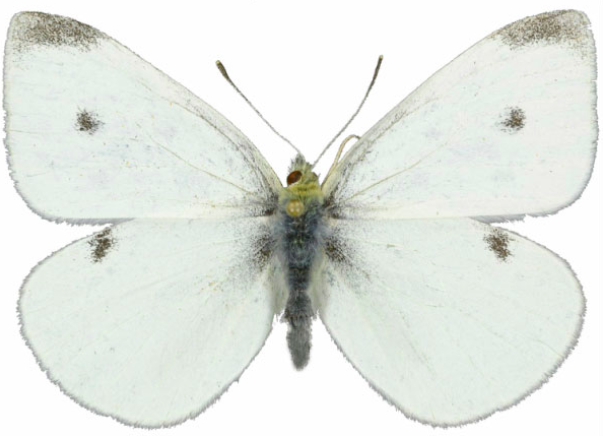
Seven Essential Skills for Storytelling
•
People are storytelling creatures. We evolved to tell stories. From 30,000 to 100,000 years ago, out great ancestors began telling stories. It happened around the time that the size of clans expanded and those clans began to wander longer distances and then come home again. Sitting by fires or in caves, by streams or…
-
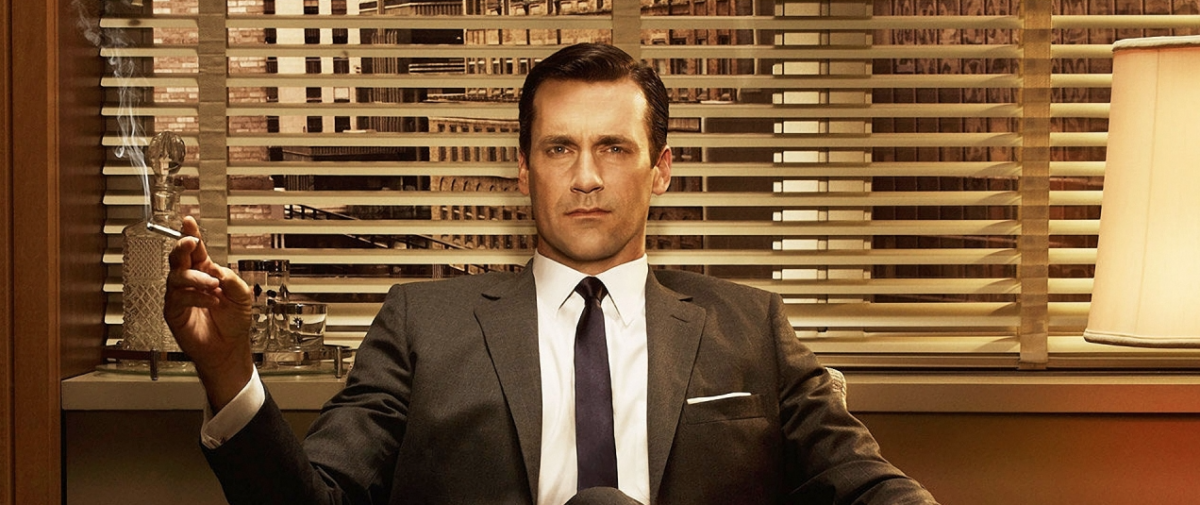
The Arc: How ‘Mad Men’ Tracked the Emotions of Life in Its Campaigns
•
Mad Men is not only one of the greatest TV shows of all time. It’s also a guide to the techniques of persuasion. Here are a half-dozen of those techniques, arranged by the arc of life. The Innocence of Babies: ‘You’ve Got the Cutest Little Baby Face’ In her new job at Cutler, Gleason,…
-
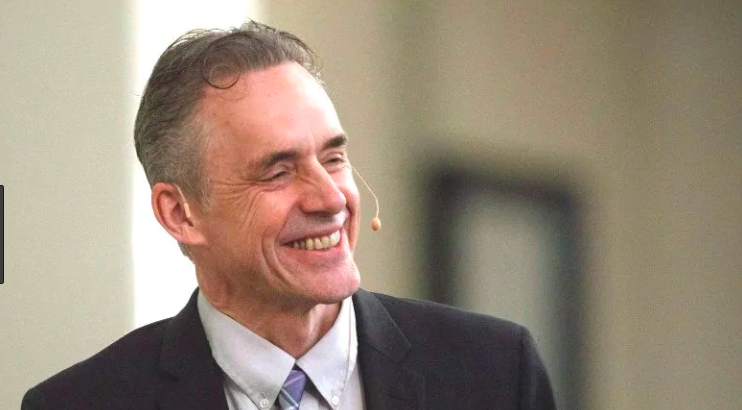
The Two Yous
•
Jordan Peterson is a modern Mark Twain or Charles Dickens. You might think of him as the bestselling author of The 12 Rules for Life or as the controversial opponent of speech-control laws in Canada or as the YouTube sensation who has challenged us all to buck up and take responsibility for what we…
-

Science and Storytelling
•
Scientists have the stereotype of brainy figures with a penchant for abstraction. Medical researchers study microscopic processes that require special tools and powers of deduction—abstract stuff for anyone. Science is, after all, an unbiased search for truth, a world of abstraction, proofs, and testing. In lab work, scientists seek to identify how the world…
-
The Story of Bill Nack’s Classic Farewell to Secretariat
•
I wrote this brief tribute after Bill Nack died in 2018. When I think of Bill Nack, I want to call him one of the great sportswriters of our time. But he was really one of the great writers, in any field, of our time. The reason is threefold. First of all, he was…
-

Storytelling and Branding
•
Branding is essentially a merger of storytelling and promise-making. Here, the advertiser/brander says to the audience: Experience this moment, this sensation, this satisfaction. Now, put yourself in that moment. Get in that world. Anticipate it. Feel it. Get sensual. Rinse, repeat. A brand is a story that the audience #experiences automatically. It’s an experience…
-

That Pixar Storytelling List
•
So how does Pixar find its pixie dust? Magic? Inspiration? The Law of Attraction? Um, nope. It’s hard, grinding work, with the insistence on getting all the big things — and all the little things — right. The process can hurt some precious feelings along the way. But it works. The storyboard artist Emma…
-
Laura Zigman on Make-Believe and True Stories, Writing Routines, Story Structures, and Adaptation
•
Laura Zigman paid her dues before hitting the literary jackpot. Early in her career, she was a publicist for a number of major presses, including Times Books, Vintage Books, and Alfred A. Knopf. As she did her day job, she labored on her first novel, Animal Husbandry (1998), a comedy of errors about the mating…
-
John McPhee’s Step-By-Step Approach to Narrative Nonfiction
•
No one in our time has contributed more to nonfiction narrative–stories that are true–than John McPhee. And he has lessons to teach. McPhee is the writer for The New Yorker and creative writing professor at Princeton University. His books include the Pulitzer-Prize winning Annals of the Former World (a trilogy on geology and geologists), A Sense…
-
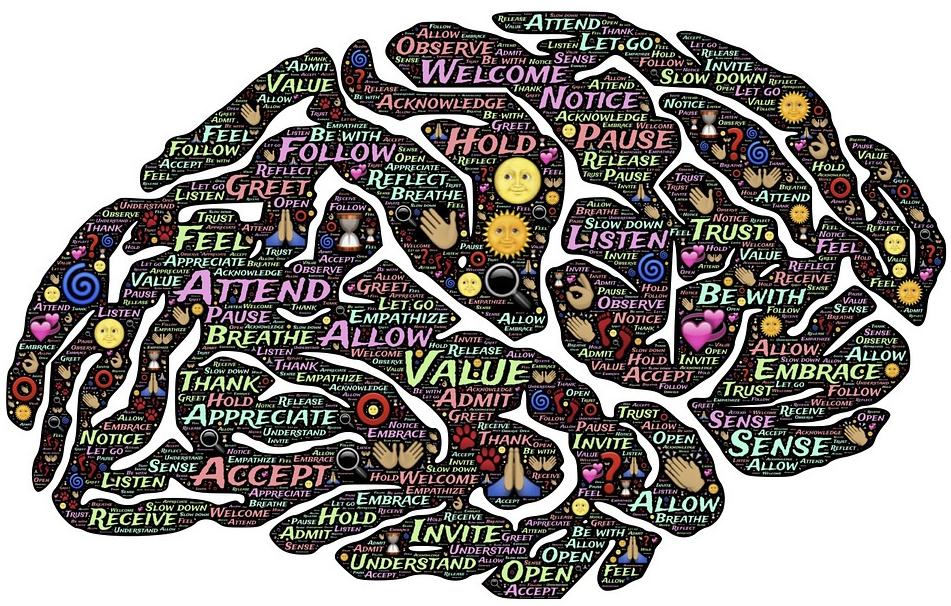
How to Be Creative, One Step at a Time
•
How does creativity happen? Is it, as some would say, a mystical process somehow connected to muses and gods? Or is it a process of grinding, getting up every day and working on the pieces so you can eventually put those pieces into a meaningful whole? This is, of course, a false dichotomy. It’s…
-
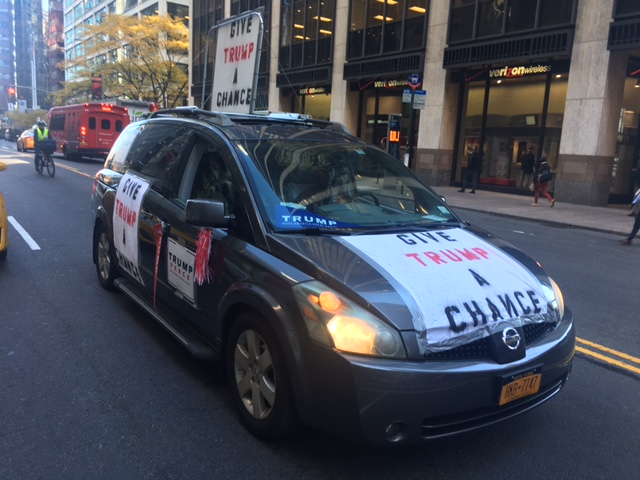
Why We Must Cultivate a ‘Beginner’s Mind’ … And How To Do It
•
How can we see–really see, and not just project–what’s in front of us? That’s the writer’s ultimate job. The best writer is an observer. The best writer sees what others do not see. This writer pays attention, carefully and with an open mind, to what’s going on. Rather than falling into lazy habits and…
-

Follow This Day-by-Day Guide To Write Your Book (Not Just During NaNoWriMo)
•
The first piece of advice that all writers get is to “write what you know.” By the time we have decided to write for an audience—to share thoughts, voluntarily, with anyone who will listen—we have developed a whole storehouse of experiences and memories, thoughts and feelings, hopes and fears, and insights and ideas. The…
-
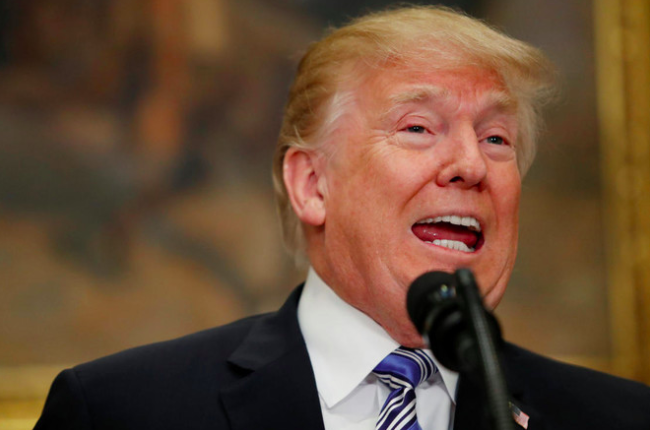
Beyond the Character Dossier: Fifty Questions for Donald Trump
•
Every four years, the American people make history-bending choices when they elect a president. The choice amounts to a bet on character. Who will have the right character–the right knowledge, experience, values, and fortitude–to tend to the nation’s needs? Back in 2016, I was eager to get some answers from Donald Trump, the Republican nominee.…
-
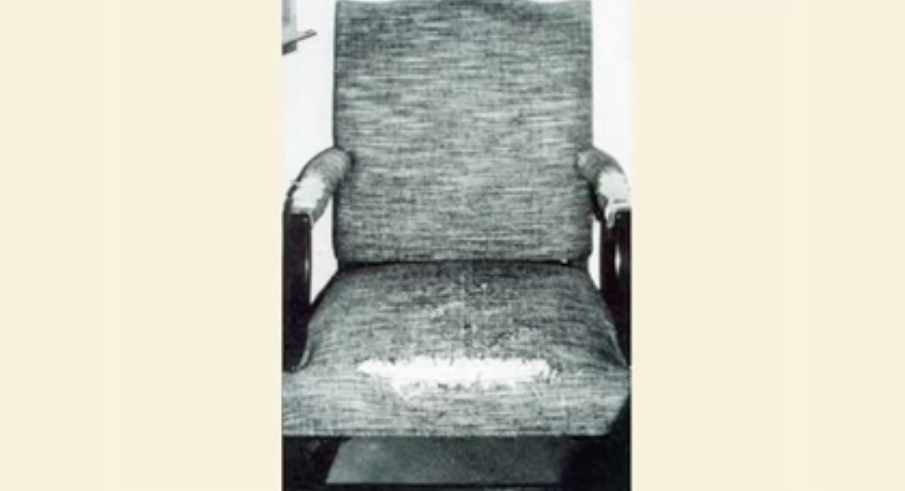
The Clue Where You Sit
•
Everyone knows about the Type A personality — the driven, impatient, narrowly focused, executive with a bad temper and high blood pressure. How this personality type was discovered in the 1950s offers a good lesson for writers about paying attention to details. More about that in a few moments. In Elements of Writing seminars,…
-

Shut Up and Listen: Brian Lamb’s Approach to Interviewing
•
How frustrated do you get when interviewers talk so much that the interviewee has a hard time answering? How often do you turn off the TV or radio because the interviewer thinks his insights matter more than his guest’s? One interviewer who has never put himself above his subjects is Brian Lamb, the founder of…
-
The Storytelling Secrets of Matthew Weiner
•
The Paris Review, the most intelligent website anywhere on the craft of writing, interviews Matthew Weiner, the creator of Mad Men. Some highlights: As a boy, Weiner was not much of a reader. But he loved listening to stories: I read very slowly. I’m a good listener. If they’d had books on tape back…
-
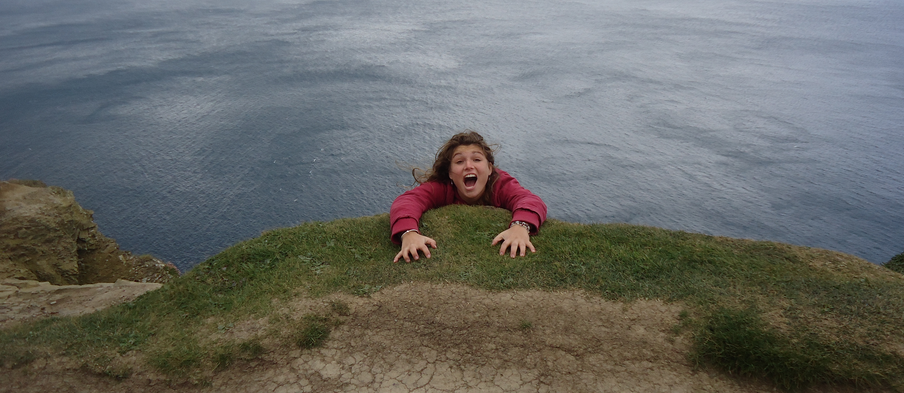
How to Create Cliffhangers and Surprise
•
Good writing needs cliffhangers and surprise to excite desire. By stopping the story and leaving a character’s fate in doubt, cliffhangers tease the reader. We want to know what happens next. Will the hero be safe … or get the girl … or track down the criminal … or save the business? God is…
-

The Power of Status Details
•
Simple constructions can create a dynamic, even dazzling style. Details make all the difference. When you show readers things that they would not notice on their own, and then arrange them in a pleasing way, you’ve got style. So what kinds of details make the biggest impact on readers? Tom Wolfe answers this question…
-

Spinning the Wheel: Change Your Characters’ Roles
•
In The Elements of Writing–and in portions that appear in The Elements of Storytelling–we explore how to develop a whole cast of characters for your story. We start with the Character Dossier, a complete inventory of each character’s traits and backgrounds. If you answer every question in the Dossier, I have found, you will…
-
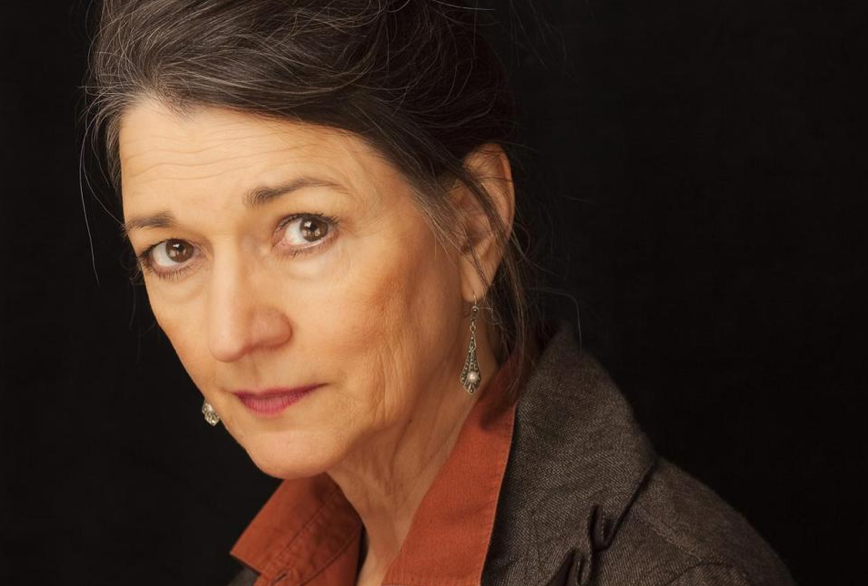
The Power of Parables and Fairy Tales
•
The master of suspense, Alfred Hitchcock, often stepped away from the movie set to refer to a small guide called “Plotto.” The guide lists three sets of 92 ideas that can be mixed and matched to create 1,462 permutations of stories, each with a beginning, middle, and end. Plotto’s plot points were elemental, involving love…
